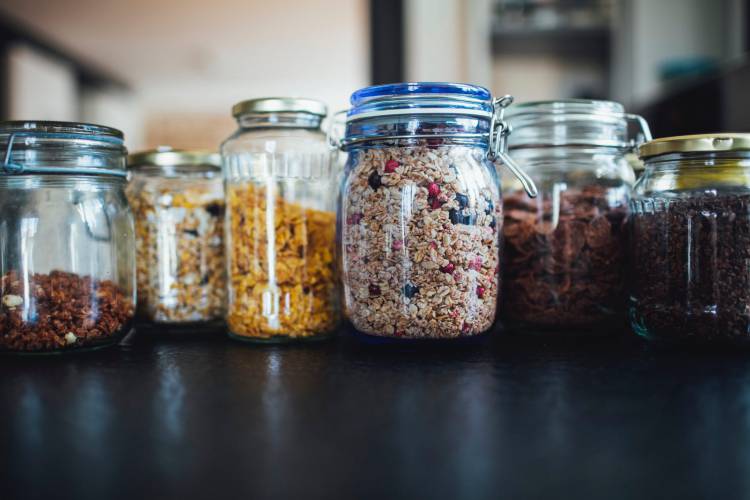“If it can’t be reduced, reused, repaired, rebuilt, refurbished, refinished, resold, recycled or composted, then it should be restricted, redesigned or removed from production.” – Pete Seeger
The federal government recently announced plans to ban some single-use plastic products, but we need stronger action soon if we want to stop the flood of plastics drowning our environment.
Canadians throw away a staggering 3 million tonnes of plastic waste every year, with only 9 per cent actually being recycled. The vast majority of plastics end up in landfills, and about 29,000 tonnes finds its way into our natural environment.
Banning single-use plastics is a positive start in the fight against plastic waste in Canada.
“This is a good step forward,” said Robyn Duncan, Executive Director of Wildsight. “We know that single use plastics have a huge impact on our environment.”
The ban will include plastic checkout bags, straws, stir sticks, six-pack rings, cutlery, and foodware made from hard-to-recycle plastics. But other single use plastics got a pass, including to-go coffee cups, food packaging (like net bags for onions), clamshell packaging and industrial plastics.
Plastic never truly breaks down – as it degrades, we are left with smaller and smaller particles of plastic that find their way into our air and water. And single use items are also carbon intensive to make and have a long lasting impact.
“As we learn more about the impacts of plastic on our environment, we have a responsibility and an opportunity to change our behaviours. We can easily live without the convenience of single use plastics,” remarks Duncan.
A commitment to require 50% recycled content by 2030 was also a part of the recent announcement.
“Requiring recycled content on the production end is absolutely where we need to go, but we need to go there now, not in 10 years.”
In discussing plastic alternatives, some have suggested switching to compostable plastics.
“If we go down that road, it will be essential to ensure that composting is actually taking place, which means we need to have access to composting at the municipal scale that is capable of breaking down these products,” comments Duncan. “Otherwise, it won’t do us any good.”
There’s certainly hope for more future changes, if the government responds to all the measures presented in a 2019 report on plastic pollution, presented by the federal standing committee on environment and sustainable development.
The committee recommended a number of measures, including that standards be developed for plastic products made or sold in Canada, and that plastic recycling systems be standardized across the country; that the federal government require that plastic resin and plastic goods sold in Canada be made from at least 50% recycled plastic by 2030; and that the government work with provinces and territories to ban the landfilling of plastic waste as part of Canada’s national zero plastic waste strategy, amongst other recommendations.
So what can you do today to help end the thousands of tons of plastic pollution in Canada? We urge consumers to consider the waste hierarchy – reduce, reuse, recycle. Look for reusable containers, shop at local no-waste stores, buy in bulk whenever possible.
Ways to reduce plastics:
- Take along reusable dishware (including cutlery, water bottles and mugs)
- Buy products that minimize plastic packaging
- Avoid single-use plastics such as plastic bags, coffee cups, drinking straws, stir sticks, etc.
- Dispose of your garbage properly – and recycle any plastic you can
Want to learn more? Check out one of the programs we use to encourage waste reduction.








